‘What our time needs is mystery,’ the American philosopher Norman O. Brown wrote in 1991, ‘what our time needs is magic.’ Since then there has been a growing interest in tarot as one way to get a quick fix of magical thinking. In 2016, the writer and critic Jessa Crispin published The Creative Tarot: A Modern Guide to an Inspired Life, a series of suggestions intended to help anyone engaged in creative pursuits, based on the principle that a deck of tarot cards ‘lets us bypass the thinking process’ and ‘gets to something more emotional and intuitive’. Online forums have also been busy with fans ransacking popular culture to create new tarot decks, their choices ranging from the predictable (Harry Potter) to the downright creepy (does anyone really want a My Little Pony tarot reading?).
None of this activity is seriously connected to the occult. Instead it involves playing around with ideas that slip between the known and the unknown, material facts (which card you draw) and imaginative interpretations (what it means). Unlike the act of gazing into a crystal ball, a tarot reading will not provide any definite answers – all the cards have more than one possible meaning – but moving from one to the next can provide sudden revelations of character together with the pleasure of a rudimentary plot. It is like starring in a story and watching it unfold from a safe distance at the same time.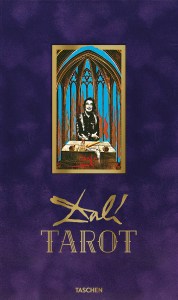
One artist who appears to have taken tarot much more seriously is Salvador Dalí. The usual version of events is that he was originally asked by the James Bond producer Albert R. Broccoli to design 78 cards as props for the film Live and Let Die (1973), possibly because of a surrealist deck of playing cards he had already designed in 1967. After the Bond commission fell through, Dalí continued to work on his tarot designs, which after many creative detours and a messy court case were finally published in 1983–84. Long out of print, they have now been reissued by Taschen in a presentation box covered in purple material and accompanied by a chunky booklet explaining the various meanings and pictorial sources of each card. (Readers are advised that they will need good eyes to read the opening pages, which are printed in tiny gold letters on a dark purple background. It probably looked lovely on the designers’ screens.) Yet while fans of Dalí’s work will be intrigued by his designs, other viewers may wonder what on earth he thought he was up to.
If there’s one thing that unites the many references to tarot in Western culture, it’s their poker-faced seriousness. Whether this is Madame Sosostris’s reading of her cards in The Waste Land (‘I do not find / The Hanged Man’) or Solitaire in You Only Live Twice speaking in a strangely formal idiom (‘They tell nothing to those that cannot see,’ she tells Bond, before he sneakily swaps her cards for a pack composed entirely of ‘The Lovers’, thereby rather undermining her credentials as a seer), tarot cards are usually presented with breath-quickening excitement and a vague sense of dread, as if the action of turning over each card were also a way of opening the doors of perception just a crack. By contrast, Dalí’s tarot designs often shift unpredictably between high seriousness and high camp. Dalí himself appears, rather immodestly, as the central figure in ‘The Magician’, staring balefully at the viewer while surrounded by paraphernalia from some of his most famous works, including a clock melting over the edge of his table. But although here, and in the case of the other cards, the detailed commentary provided by Johannes Fiebig does an excellent job of explaining the various meanings of Dalí’s iconography, the artistic results are rarely as interesting as the explanations.
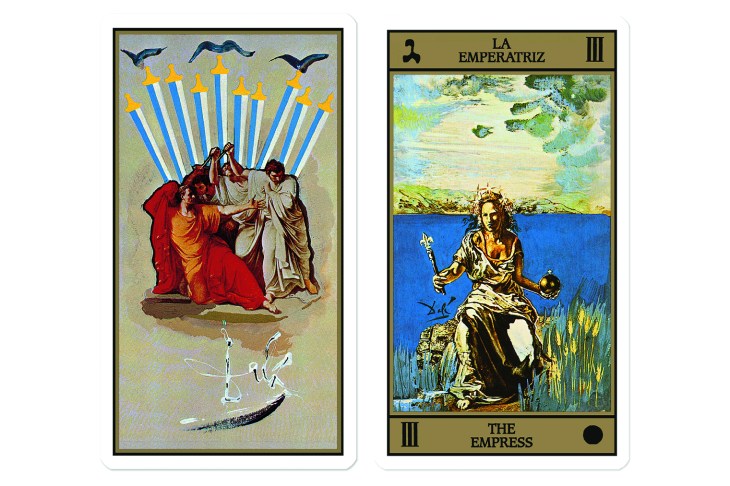
Two of a deck of 78 tarot cards designed by Salvador Dalí and originally published in 1983–84. © Salvador Dalí, Fundació Gala-Salvador Dalí, VG Bild-Kunst, Bonn 2019
More than 90 per cent of Dalí’s designs are collages of historic artworks: Bernini’s statue of Blessed Ludovica Albertoni, Hilliard’s Young Man Among Roses, Camuccini’s Death of Julius Caesar, and others. The intention is to build a series of bridges between the past and present, according to Fiebig, drawing together ‘diverse artistic efforts that are committed to overcoming boundaries: the borders between life and art, between spirit and handiwork, between possibility and reality.’ That sounds pretty ambitious for a deck of cards, as does Fiebig’s conclusion that Dalí’s ‘pictorial enigmas and illusions ultimately present a mirror: you are the Magician, an original – unique, talented, and creative.’ Occasionally you can see what he is getting at. The card for ‘Death’, for example, features branches growing out of a shrouded figure and a bright red rose poking out of a barren landscape, offering an elegant reminder that in tarot ‘Death’ usually means something more like the inevitable process of change. Unfortunately, more often Dalí’s collages are awkwardly reminiscent of Terry Gilliam’s animations for Monty Python: a cut-and-paste technique that creates the visual equivalent of several people in the same room speaking in different languages at once.
‘In a sense, we are all artists,’ Fiebig writes, seeing tarot, along with fairy tales and dreams, as ‘precious and oftentimes irreplaceable companions’ on the journey through life, ‘because they provide an effective and safe training ground for the exploration of utopias and alternative realities.’ Well, maybe. It certainly isn’t difficult to make a case for Dalí’s designs as a playful work of art, one that can be shuffled around and scattered in different directions according to the whim of whoever is holding the cards. But looking at the designs of the cards themselves, one wonders if Dalí, an artist who spent his entire life carefully carving out a reputation for himself as the joker in the pack, was aware that in many games of tarot the top trump isn’t ‘The Magician’ but ‘The Fool’.
Dalí: Tarot by Johannes Fiebig is published by Taschen.
From the January 2020 issue of Apollo. Preview and subscribe here.
Unlimited access from just $16 every 3 months
Subscribe to get unlimited and exclusive access to the top art stories, interviews and exhibition reviews.

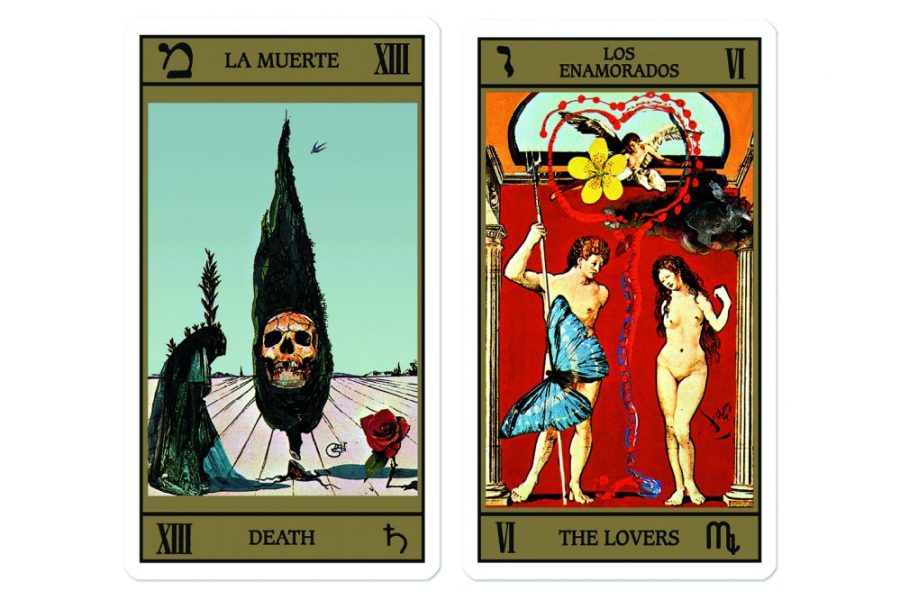
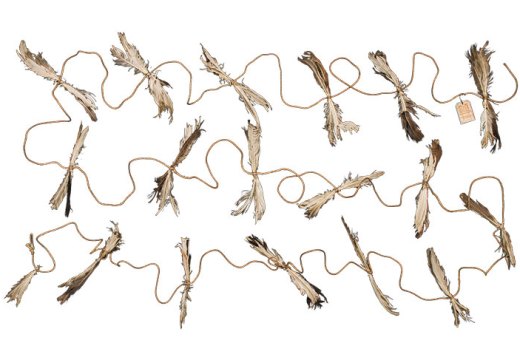

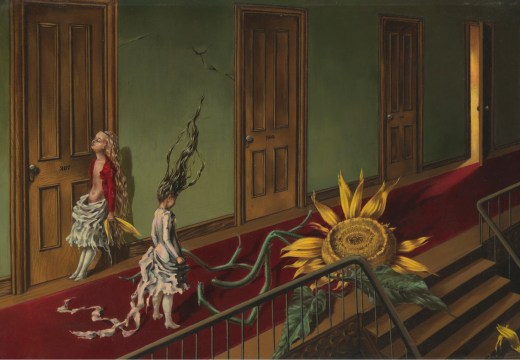









![Masterpiece [Re]discovery 2022. Photo: Ben Fisher Photography, courtesy of Masterpiece London](http://www.apollo-magazine.com/wp-content/uploads/2022/07/MPL2022_4263.jpg)
It’s time for the government of London to return to its rightful home